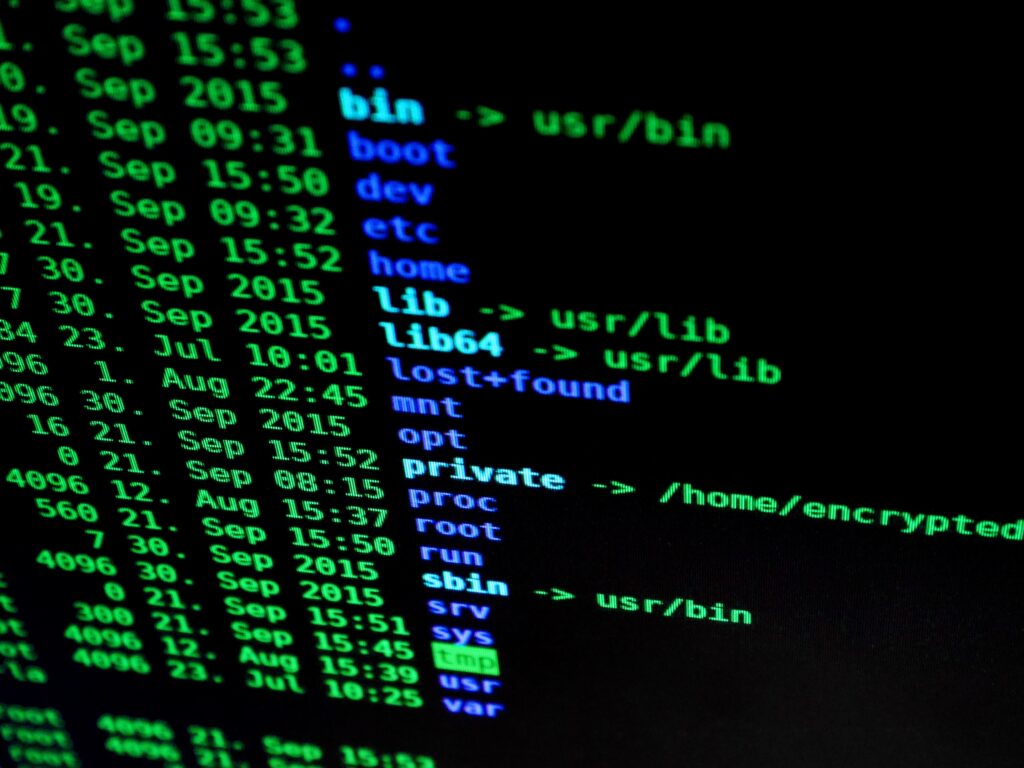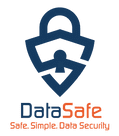Cybersecurity is a critical concern for businesses of all sizes, as the rise of technology has also led to a surge in cyber threats. Malware attacks and data breaches are just two of the many potential risks associated with an insecure digital environment. Therefore, it is essential to implement safeguards to lessen these risks and safeguard sensitive information. In this article, we’ll look at some of the best strategies for reducing cybersecurity risks and making sure that your digital assets are safe.
How to Mitigate Cybersecurity Risks
Limit Account Access
Limiting account access is an important aspect of mitigating cybersecurity risks. This refers to the process of controlling and restricting the access of individuals or systems to sensitive information, networks, or systems within an organization. There are several strategies that organizations can adopt to limit account access and reduce the risk of cyberattacks:
Role-Based Access Control (RBAC)
According to the RBAC system, a person’s job function and organizational responsibilities determine their access to resources. By ensuring that only those who need access to sensitive information are granted it, this reduces the risk of unauthorized access or data theft.
Multifactor Authentication
Users must provide more than one form of identification in order to access sensitive data or systems using multifactor authentication. This can include a password, a security token, or biometric information to make it more difficult for attackers to access sensitive information.
Least Privilege
According to the principle of least privilege, people should only have access to information that is necessary for them to carry out their job duties. This helps to protect sensitive data and reduces the potential harm from a successful cyberattack.
Regular Reviews and Updates
To help ensure that people only have access to the data they need, access controls should be routinely reviewed and updated. The risk of information theft is also reduced because it ensures that access is terminated when a person leaves the organization or changes roles.
Network Segmentation
A network is segmented when it is broken up into smaller, independent chunks, each with its own set of security controls. This lessens the chance that a breach will spread from one area of the network to another and helps limit the harm that a successful attack will cause.
Encrypt Your Data
A strong tool for reducing cybersecurity risks and safeguarding sensitive data is encryption. The process of changing plain text into ciphertext, a coded representation, guards against unauthorized access to and data modification. Encryption can be used in a number of ways to lessen the risk of cyberattacks.
File and Disk Encryption
Data at rest, such as files kept on a hard drive or other storage devices, is protected by this kind of encryption. Even if a device is lost or stolen, sensitive information can be protected from unauthorized access with file and disk encryption.
Email Encryption
Email encryption helps protect sensitive information sent via email from being intercepted or read by unauthorized parties. This is particularly important for organizations that need to send confidential information, such as financial or medical data.
VPN Encryption
Data transmitted over a public Wi-Fi network, such as information, is safeguarded by virtual private network (VPN) encryption. By establishing a secure tunnel between the user’s device and the VPN server, VPN encryption prevents data from being intercepted or altered.
Web Encryption
Data sent between a user’s device and a website is protected by web encryption, also referred to as HTTPS encryption. This helps prevent sensitive information, such as passwords and credit card numbers, from being intercepted by attackers.
Database Encryption
Database encryption helps protect sensitive information stored in databases from unauthorized access. This is particularly important for organizations that store large amounts of sensitive information, such as financial or medical records.

Install Antivirus Software
A thorough cybersecurity strategy must include antivirus software because it can reduce cybersecurity risks and defend against malware and other threats. Here are the key ways in which antivirus software helps reduce the risk of cyberattacks:
Threat Detection
Using signature-based detection and heuristics, antivirus software locates and prevents known and potential threats from infecting a system. This helps to stop malware from spreading and causing harm to the system or data.
Real-Time Protection
Antivirus software provides real-time protection by continuously monitoring a system for any signs of malicious activity. The software will act right away to stop a threat from spreading if it is identified.
Scheduled Scans
Antivirus software can also be set up to scan a system on a regular basis, helping to find and get rid of any threats that might have escaped real-time protection.
Updates and Patches
Antivirus software is regularly updated to provide protection against the latest threats and vulnerabilities. The software is kept effective against fresh threats by receiving frequent updates and patches.
Firewall Protection
Antivirus software frequently comes with a firewall to help protect against incoming network attacks. The firewall controls data transfer between networks, guarding against unauthorized access and supporting the defense against cyberattacks.
Update Software Regularly
A crucial element of lowering cybersecurity risks is the regular application of software updates, which aid in protecting against known vulnerabilities and exploits.
Security Patches
Software updates often include security patches, which are designed to fix known vulnerabilities and exploits. By applying these patches, organizations can close the door to potential attackers, reducing the risk of cyberattacks.
New Features and Improvements
Software updates also often include new features and improvements that can enhance the
security of a system. New security features might be added, for example, to counter new threats or improve the software’s overall security.
Protection Against Zero-Day Attacks
Exploits that target unknown or unpatched software vulnerabilities are known as zero-day attacks. By keeping their software up-to-date, organizations can reduce the risk of being vulnerable to these attacks, as vendors will have had time to develop and release patches.
In conclusion, proactive cybersecurity begins with a strategy that combines technology, guidelines, and practices. There are many steps you can take to protect your digital assets, from routine software updates and data backups to security audits and employee training.
If you want to ensure the safety of your information, consider reaching out to Data Safe Group LLC. To protect your assets and keep you ahead of potential threats, our team of cybersecurity experts offers top-notch solutions. Contact us today to learn more about our services and how we can help you mitigate cybersecurity risks.

